By Walter Sabo
CEO, Sabo Media Action Partners
A.K.A. Walter M Sterling
Host, WPHT, Philadelphia – daily
Talk Media Network – Sundays
 Dr. Ruth Westheimer holds the audience share record for 18-34s in New York.
Dr. Ruth Westheimer holds the audience share record for 18-34s in New York.
When her first-ever radio show launched on WYNY-FM it was 15 minutes a week. She solicited letters. By the end of the second week, she had gotten over 1,000 letters.
General manager Dan Griffin put her on the air. Mitch Lebe had a good talk show and had booked Ruth as a guest… she was memorable! Betty Elam, public affairs director met her at a City College lecture. Everyone saw and felt the potential, but it was Mr. Griffin who came to me with the plan to hire Dr. Ruth. I was executive vice president in charge of the NBC FM stations and WYNY-FM was my responsibility. Being tactically and boldly irresponsible I said, “Yup, put her on.”
A few months later, Al Brady Law the next GM and Pete Salant expanded her show to two hours on Sunday nights taking live phone calls. Very quickly she got on the cover of PEOPLE, guested on the “Tonight Show” and became Dr. Ruth!
How did this happen?
— Dan Griffin had been in the CIA. He was brilliant, fearless, and Catholic. I never heard him raise his voice or do anything without reasons and facts. My confidence in his judgement made a sex talk show easy to launch. He knew how to talk to humorless lawyers, advertisers, listeners and the NBC Standards and Practices department.
Dr Ruth’s world was fearless thanks to Dan Griffin. Amateur GMs would have panicked when she said, “blow job” and “vagina,” every week. Dan never blinked.
The underpinning of her success was the lack of fear. Management was fearless. She was fearless. Therefore, she could be authentic. Authenticity is rare, appealing, and always successful. Today, I’ve known talent beaten for making fun of Erin Andrews or posting a meme. How would that management have handled Dr. Ruth? They’d be passed out under the table. When listeners, lawyers, advertisers complain – that means it’s working!
Note GMs Griffin and Law were GOAT programmers who had never spent a second in sales.
— Dr. Ruth had two bullet wounds from her service in the Israeli army. She had no fear – of anything. This is key – she had no concerns about the comments of her psychologist peers or her private patients. Every other radio psychologist I’ve worked with were all concerned about their colleagues’ reactions to their radio work. Not Ruth. She maintained a listed private practice in Manhattan the rest of her life.
— She took direction. We gave her a few tips on how to take phone calls, how to pace a radio show. She embraced and enacted them all.
— Relentless promoter. Dr. Ruth was a self-made star. Every single day, at every meeting she pushed for more air time, press, appearances. She was happy to show up, do the heavy lifting, and work on every possible opportunity to grow the show. All whoopee parties were good news for Dr. Ruth. She launched two cable networks including Lifetime.
— She focused on the cross hairs of her expertise and the listeners’ interests. She never strayed from her knowledge and the listener’s expectations.
Dr. Ruth entered the Radio Hall of Fame without objection from anyone.
She received a purple heart from her service in the Israeli army.
And she was funny as heaven. Thank you, Dr. Ruth.
Walter Sabo has been a C Suite action partner for companies such as SiriusXM, Hearst, Press Broadcasting, Gannett, RKO General and many other leading media outlets. His company HITVIEWS, in 2007, was the first to identify and monetize video influencers.. His nightly show “Walter Sterling Every Damn Night” is heard on WPHT, Philadelphia. His syndicated show, “Sterling On Sunday,” from Talk Media Network, airs 10:00 pm-1:00 am ET, and is now in its 10th year of success. He can be reached by email at sabowalter@gmail.com.
Share this with your network
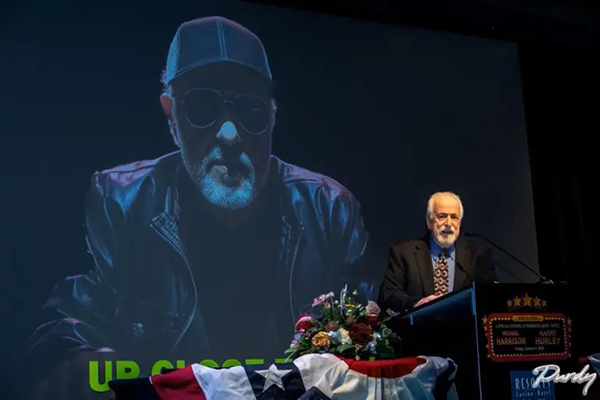 TALKERS publisher Michael Harrison addressed a packed house of New Jersey political, civic, and business leaders at last Friday’s Hurley in the Morning Foundation Charity Dinner in Atlantic City (10/4) discussing the biological and sociological impact of modern era communications technology. In this clip, he discusses the potential influence of AI on the talk show host job market. One of the many highlights of Harrison’s 48-minute keynote address was his observation that it is very possible for robots powered by artificial intelligence to be able to hold multi-faceted on-air conversations with each other or with guests or callers by tapping into their ability to instantaneously access every talking point already out there in cyberspace – left, right, or center – and to present them with an endless array of voices and attitudes. To protect their jobs and future against this formidable competitor, Harrison advises talk show hosts to significantly “up their game” and operate with more originality outside the realm of hackneyed talking points. To see a brief clip of Harrison’s comments please click here.
TALKERS publisher Michael Harrison addressed a packed house of New Jersey political, civic, and business leaders at last Friday’s Hurley in the Morning Foundation Charity Dinner in Atlantic City (10/4) discussing the biological and sociological impact of modern era communications technology. In this clip, he discusses the potential influence of AI on the talk show host job market. One of the many highlights of Harrison’s 48-minute keynote address was his observation that it is very possible for robots powered by artificial intelligence to be able to hold multi-faceted on-air conversations with each other or with guests or callers by tapping into their ability to instantaneously access every talking point already out there in cyberspace – left, right, or center – and to present them with an endless array of voices and attitudes. To protect their jobs and future against this formidable competitor, Harrison advises talk show hosts to significantly “up their game” and operate with more originality outside the realm of hackneyed talking points. To see a brief clip of Harrison’s comments please click here.


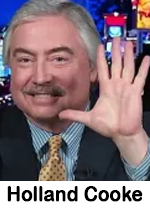

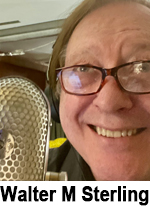 Like you, my guideposts come from innovators, leaders in our business. These are the words I “work” by every day that have led to consultant and host success.
Like you, my guideposts come from innovators, leaders in our business. These are the words I “work” by every day that have led to consultant and host success.
 As an industry, radio has a peculiar modesty. We diminish our magic and power in relating to listeners and colleagues by using the wrong slang terminology. May I suggest new “labelling” of commonly used radio terms?
As an industry, radio has a peculiar modesty. We diminish our magic and power in relating to listeners and colleagues by using the wrong slang terminology. May I suggest new “labelling” of commonly used radio terms?
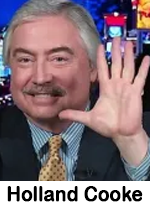 “If you missed Biff & Bev in-the-Morning, you missed…” It’s a donut: produced open and close, with an aircheck clip in the middle.
“If you missed Biff & Bev in-the-Morning, you missed…” It’s a donut: produced open and close, with an aircheck clip in the middle.
 Wall Street investors do not put up money for traditional radio and television stations.
Wall Street investors do not put up money for traditional radio and television stations.
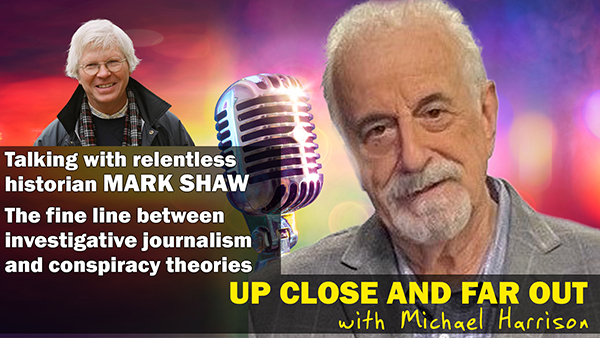
 Humility means to be teachable. It’s the most important trait of great leaders and managers. For years I looked forward to focus groups to reveal the top-of-mind awareness of media among listeners. These groups always reminded us of a listener’s life priorities which never included radio listening! They taught us the correct secular language to use in promos and slogans, and what they remembered versus what we wanted them to remember.
Humility means to be teachable. It’s the most important trait of great leaders and managers. For years I looked forward to focus groups to reveal the top-of-mind awareness of media among listeners. These groups always reminded us of a listener’s life priorities which never included radio listening! They taught us the correct secular language to use in promos and slogans, and what they remembered versus what we wanted them to remember.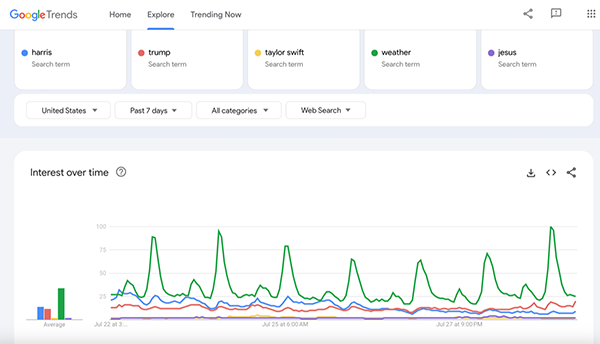
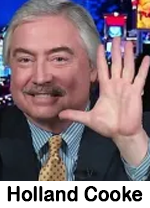 Many Americans have been, in the two years since the Supreme Court punted the issue down to the states. For suburban women voters in swing states, it is – by far – the number one issue, per a Wall Street Journal poll. It tipped 2022 midterms and 2023 elections and swung other elections in battleground states.
Many Americans have been, in the two years since the Supreme Court punted the issue down to the states. For suburban women voters in swing states, it is – by far – the number one issue, per a Wall Street Journal poll. It tipped 2022 midterms and 2023 elections and swung other elections in battleground states.


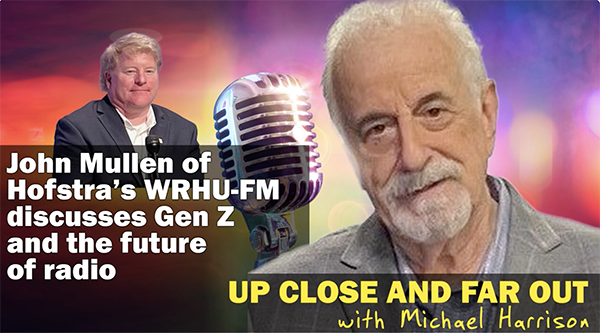
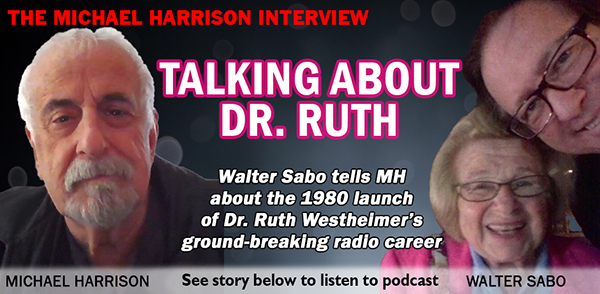
 Dr. Ruth Westheimer holds the audience share record for 18-34s in New York.
Dr. Ruth Westheimer holds the audience share record for 18-34s in New York.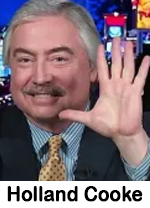 Next month, as the school year begins in so many places, the listeners that local retailers want as customers transition back to their “normal” routines. Their tempo changes and builds to a holiday season climax. And we – and our advertisers – want to be their soundtrack.
Next month, as the school year begins in so many places, the listeners that local retailers want as customers transition back to their “normal” routines. Their tempo changes and builds to a holiday season climax. And we – and our advertisers – want to be their soundtrack.
 Leonard H. Goldenson was the founder/chairman of ABC, Inc. Before Disney, before Capital Cities, ABC was… ABC and it was run by Mr. Goldenson. He launched the ABC Radio Networks, ABC Television Network, and the original ABC radio and television stations.
Leonard H. Goldenson was the founder/chairman of ABC, Inc. Before Disney, before Capital Cities, ABC was… ABC and it was run by Mr. Goldenson. He launched the ABC Radio Networks, ABC Television Network, and the original ABC radio and television stations. Remember the old Gatorade commercial? The “Be like Mike” jingle accompanied a montage of gravity-defying Michael Jordan dunks.
Remember the old Gatorade commercial? The “Be like Mike” jingle accompanied a montage of gravity-defying Michael Jordan dunks.
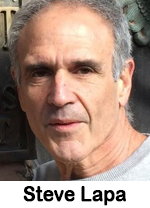 When it comes to advertisers who cancel, Elon Musk said it loud and clear at the NY Times Dealbook Summit, “Go F-Yourself.” He claimed advertisers who objected to content on X were “blackmailing him with money” by canceling ad campaigns on his X platform.
When it comes to advertisers who cancel, Elon Musk said it loud and clear at the NY Times Dealbook Summit, “Go F-Yourself.” He claimed advertisers who objected to content on X were “blackmailing him with money” by canceling ad campaigns on his X platform.
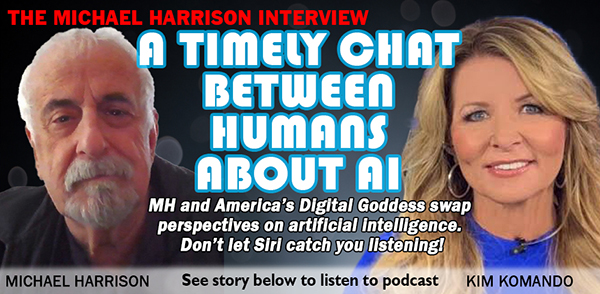
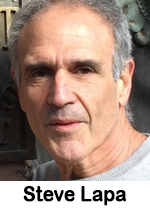 When market leaders drop rates, what comes next?
When market leaders drop rates, what comes next?
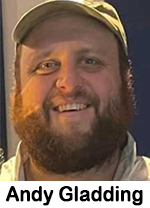 The best thing about attending media conferences like TALKERS 2024: Radio and Beyond, which occurred last week on June 7, is the opportunity to hear diverse viewpoints from industry experts. Gatherings like these also provide the opportunity for attendees like me to “chew” on some of the great ideas presented by the expert panelists and think about solutions to some of the challenges raised during the discussions.
The best thing about attending media conferences like TALKERS 2024: Radio and Beyond, which occurred last week on June 7, is the opportunity to hear diverse viewpoints from industry experts. Gatherings like these also provide the opportunity for attendees like me to “chew” on some of the great ideas presented by the expert panelists and think about solutions to some of the challenges raised during the discussions.